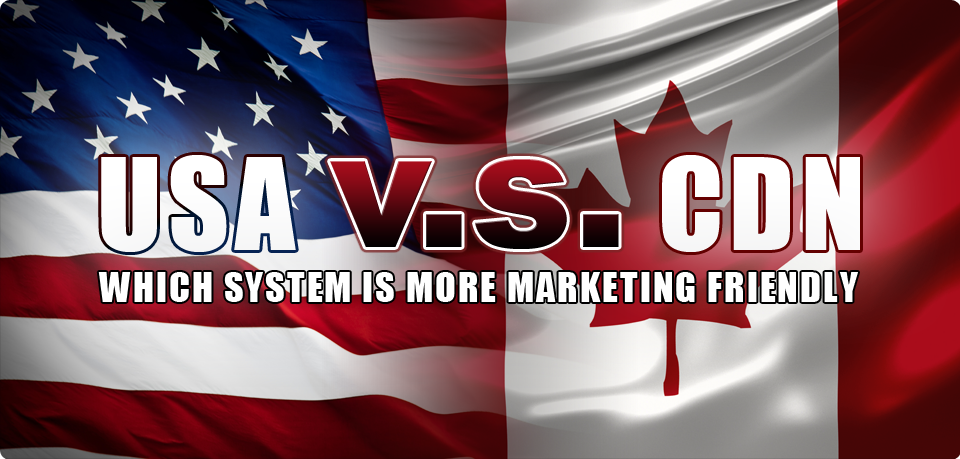Every genetic evaluation round I am reminded of some of the major differences between the different support systems breeders have around the world. Breeding great cattle can be challenging enough, but having a great support and marketing system around them can help greatly. With this in mind, I take a look at the differences that breeders on both sides of the CAN-USA border have available to them.
Genetic Evaluations
Probably the most glaring difference that comes to light for me is the difference in availability of information. While both Canadian Diary Network (CDN) and USDA Animal Improvement Laboratory do a great job of calculation the genetic evaluations. There could not be a greater difference in how they share that information with breeders. USDA does provide the basic top lists, but if you want to get the top TPI list you need to go to Holstein USA. Even there you can only get the top TPI™ lists for domestic and International bulls.
Conversely, CDN provides the following at 8 am proof day for each release (for all breeds as well):
- Genetic Evaluation Highlights
- Top Bull Lists for
- LPI
- Milk
- Fat
- Protein
- Conformation
- MACE
- Genomic Young Sires
- Top Cow Lists for
- LPI
- Milk
- Fat
- Protein
- Conformation
- Genomic Heifers
Big deal you say! Well actually, it is a big deal. The ability to have such detailed information at the time of release gives A.I. companies marketing Canadian proven sires and breeders a great advantage over their competitors. They can have detailed analysis of what’s new, what’s changed, and what’s happening long before most other countries even have the list of top bulls.
Animal Inquires
Probably one of my biggest challenges between the two systems is the general access to information for researching cow families and top genetics. This really comes down to Holstein Canada vs. Holstein USA.
For free in Canada, you can get:
- Ownership information
- Production and Confirmation breeding values
- Production and award records
- Progeny Summary
- Family Tree
- Direct Genomic Values (for those tested)
- Type Classification breakdown
- Show records
In the US for $2 per inquiry
- Genetics
- Ancestors
- Classification
- Maternal Siblings
- Ownership
This makes a huge difference when it comes to the marketability of cattle. If prospected buyers can do a detailed search finding the specific animals that, meet their requirements online, where do you think they will buy? Even when it comes to US sires, I find myself searching in Canada looking through pedigrees there and then only when I need official US information do I query that animal and purchase that pedigree when needed. This saves me a great deal of time and money.
TPI vs. LPI
While you can argue the merits and weighting of each of these. In reality, there is not a drastic difference. The bigger difference is the percentage of the marketplace that understands each index. Due to the sheer size of the US market, the number of breeders that understand TPI vs. LPI is far greater. While you will find many Canadian breeders who understand TPI you will not find that many US breeders that understand LPI. That is why if you are looking to market your Genetics in the US or the world for that matter, you are best to target the top TPI lists.
Canadian breeders and breeding companies also have the advantage, for breeding and marketing, of having only one combined index, LPI. In the USA there are two combined indexes, TPI and NM (Net Merit). LPI contains the important heritible traits for both breeders and milk producers. Whereas TPI is directed at purebred breeders and NM is directed at milk producers. Another, not often used, service that CDN offers is customizing of a total selection index. I have found this service useful when comparing bulls.
The Bullvine Bottom Line
It for these reasons that you can tell why Canada has such a disproportionate amount of the world market. I would say there is a far greater difference in the systems supporting the marketing of top cattle in the two countries than there is in the genetics. In a world where knowledge is power, the ability to share information with as many people as possible gives Canada a distinct advantage in marketing their animals. I wonder is the $2 per inquiry that Holstein USA receives not costing breeders more in the lost potential genetics sales?
For more information check out The Bullvine Bull Book or our Genetic Evaluation Resource Center.
















Leave a Reply
You must be logged in to post a comment.